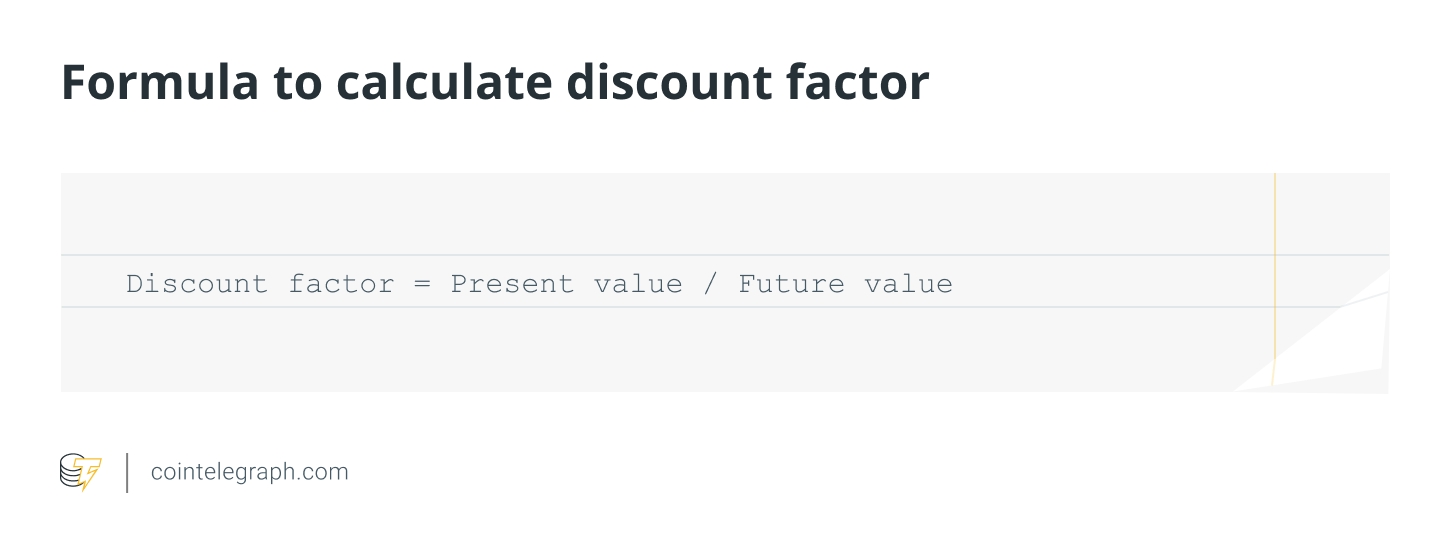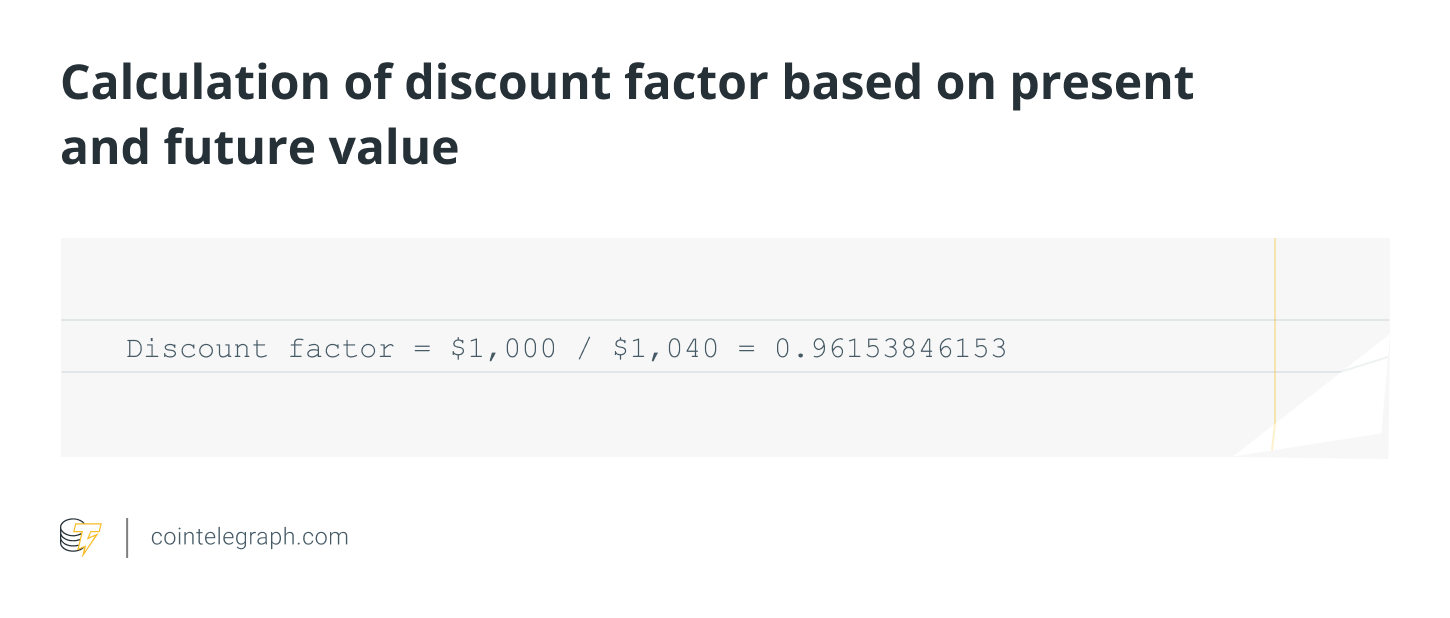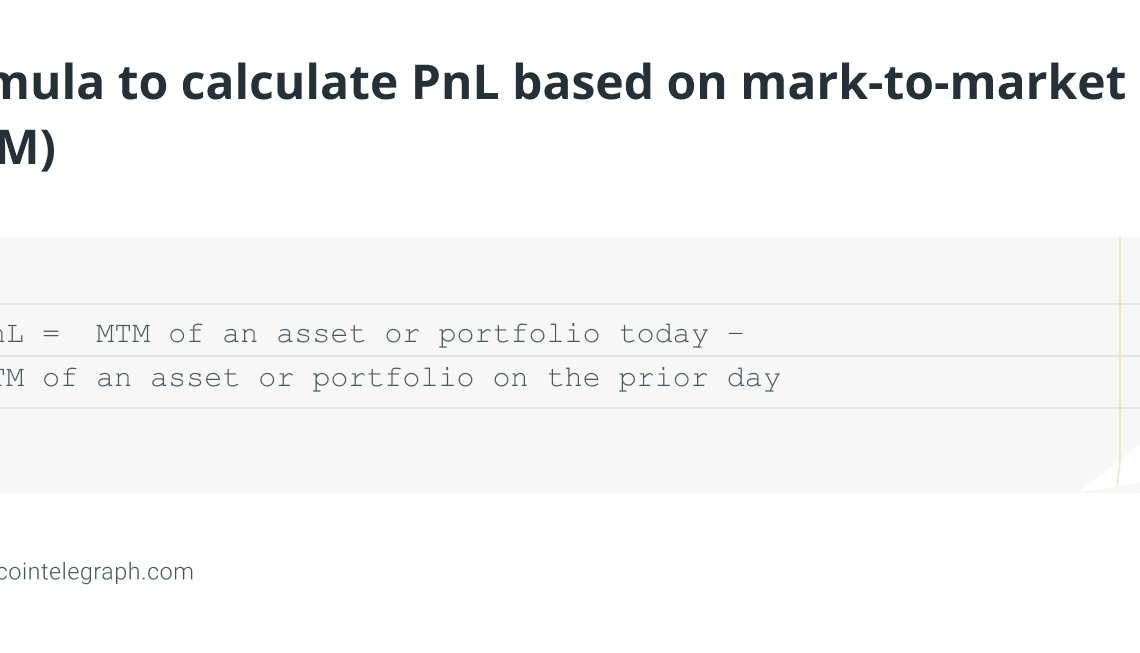Anyone who has dealt with trading in traditional finance is likely to be aware of profit and loss (PnL). But is PnL in the cryptocurrency world the same? The ability to comprehend terms like mark-to-market (MTM), realized PnL and unrealized PnL will help develop a better understanding of the cryptocurrency a person holds.
Without a well-defined process to get insight into profit or loss, cryptocurrency trading may be overwhelming, and traders may struggle with what they are doing. PnL reflects the change in the value of a trader’s positions over a specific period.
Understanding the basics of PnL
PnL in crypto refers to the calculation of the profit or loss made on a cryptocurrency investment or trading position. It is a metric used to evaluate the financial performance of a trader or investor in the crypto market.
To begin, here are some key terms in PnL terminology:
MTM
MTM refers to the process of valuing an asset or financial instrument based on its current market price or fair value. For example, in the context of crypto trading, if an investor holds a certain amount of Bitcoin (BTC), the value of that Bitcoin will fluctuate based on the current market price.
The general formula for calculating PnL is:
Suppose the MTM price for Ether (ETH) today is $1,970, while the MTM price yesterday was $1,950. In this case, the PnL is $20. It indicates a profit of $20. On the contrary, if the MTM price of ETH was $1,980 yesterday, it indicates a loss of $10.
Future value
Future value indicates the value of a digital coin at a future point in time.
For example, if a trader stakes Tron (TRX) worth $1,000 with a 4% yearly reward, how much will the person get back after a year? The answer is $1,040. At the time of staking, the present value will be $1,000, while the future value will be $1,040.
There will be a present value at the point when the trader stakes, but if the person considers the future as a whole, there could be countless future values.
There is a different way to use future value as well. Traders could ask how much to stake to get $1,040 in a year. If they know the present and future values, they could calculate the discount factor. The formula for calculating the discount factor is:

For the example given above, the discount factor will be:

Realized PnL
Realized PnL is calculated after traders have closed their position (sold the cryptocurrency they hold). Only the executed price of the orders is taken into account in realized PnL, and it has no direct relation to…
Click Here to Read the Full Original Article at Cointelegraph.com News…
























